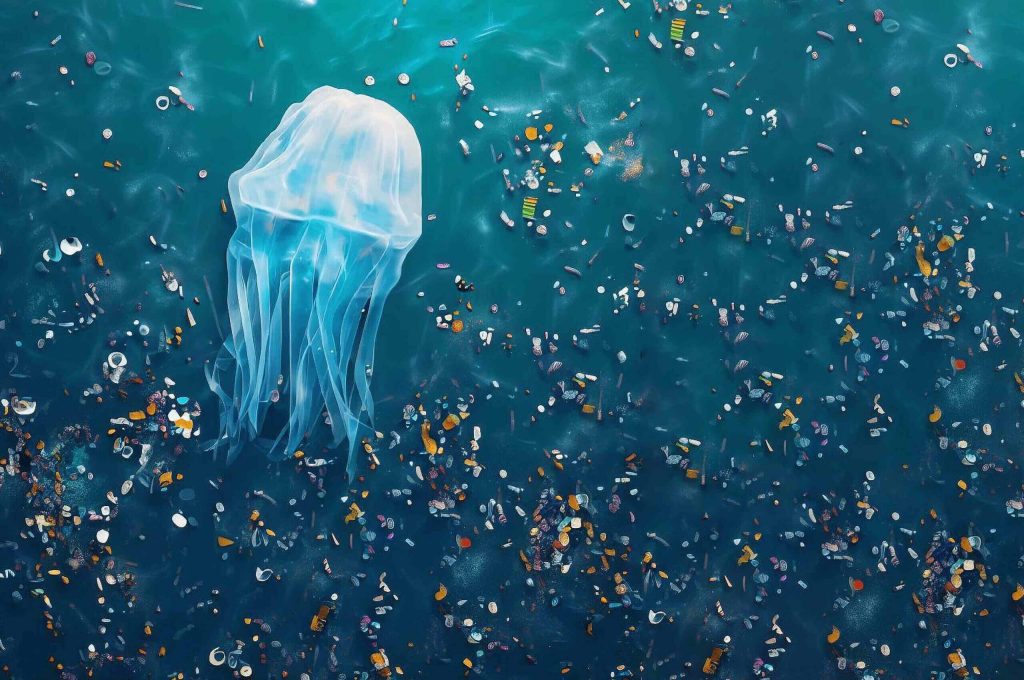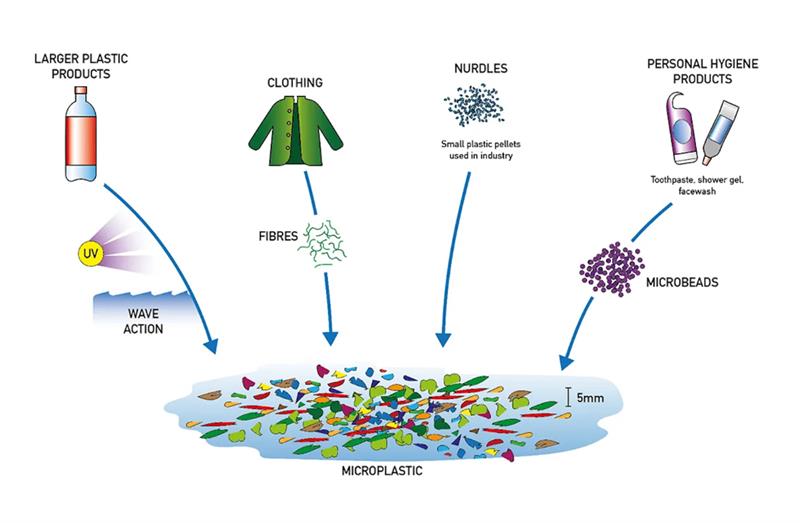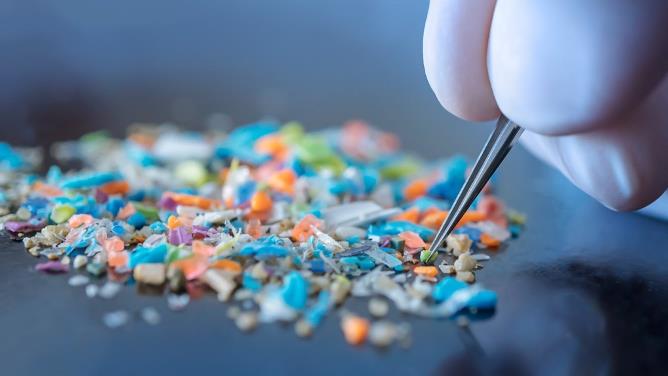Potential Health impact of microplastics – detailed research
Microplastics are emerging pollutants. They are small pieces of plastic that are persistent and extremely hard to remove. A wide range of microplastics can be found in nature and the environment including in rivers, in seas and even in our drinking water. Microplastics can enter human bodies through ingestion or inhalation, for example when you drink tap water or even when you eat something that was cleaned or disinfected with microplastic polluted water.

Humans are also exposed to microplastics through skin contact. Exposure to microplastics in the human body can lead to critical health risks such as DNA damage, organ dysfunction, neurotoxicity, and reproductive toxicity. According to epidemiological evidence, microplastics may be related to a variety of chronic diseases and for some, they might even be the cause.
In 2019 the number of tons of plastic products made was more than 460 million tons of which only 9% was recycled. It is estimated that it will reach 1.2 billion tons by 2060. Plastics produce small fragments of particles through splitting and crushing and degrading during use. The first ever microplastics discovered in nature were found in the Atlantic Ocean in the 1970s. After this discovery, a paper was published in Science which introduced people to the concept of microplastics for the first time.
Microplastics are also produced and added to hygiene products such as facial cleansers and cosmetic products, causing an alarming health hazard. Industries including the synthetic textile industry, flocking industry, and plastics industry produce massive amounts of microplastics.
Around 65 million particles are released into the water every day after being treated by the sewage treatment plant. Microplastics have been detected in Antarctica, Mount Everest, the Artic, they are everywhere. Plastic is the main part of garbage found in the oceans, in 2017 more than 8 million tons of plastics entered the oceans, this causes for the organisms who live in the seas to ingest the microplastics which causes a greater impact on the food chain, which inevitably affects humans.

As previously stated, plastic pollution is an extremely poignant and real problem. This issue was discussed by the UNEA (United Nations Environment Assembly) and an international legally binding instrument was adopted.
One of the main problems with handling microplastics is the lack of knowledge we have on them. What causes these toxic effects? What are the potential health hazards? – these are all questions we need to find answers to, as the health risks are rapidly increasing.
Microplastics are found in animals. They pose a great threat to aquatic organisms, like fish and marine mussels. Microplastics fibers are the most frequent microplastic type ingested. For wild coastal animals, microplastics are found in their intestine, stomach, liver, and muscle. Microplastics also exist in plants and algae. Microplastics have also been found in human blood. A recent review indicates that microplastics are transported to the whole body through blood circulation. Microplastics have been found in 15 human biological components such as spleen, liver, colon, lung, etc.
We must do everything in our power to reduce microplastics in our daily life as they are pollutants and can cause significant health hazards.
Icíar Serrano Mateos et José Manuel Rodríguez Escalada / S4ENA / EEB1 Uccle





This is an amazing article, so informative and interesting. After reading this article I realized that Microplastics are a real problem, and we need to act now!
This issue remains particularly relevant today, and the article conveyed it in a clear and engaging way!
Thank you for this comment. We greatly appreciate it!